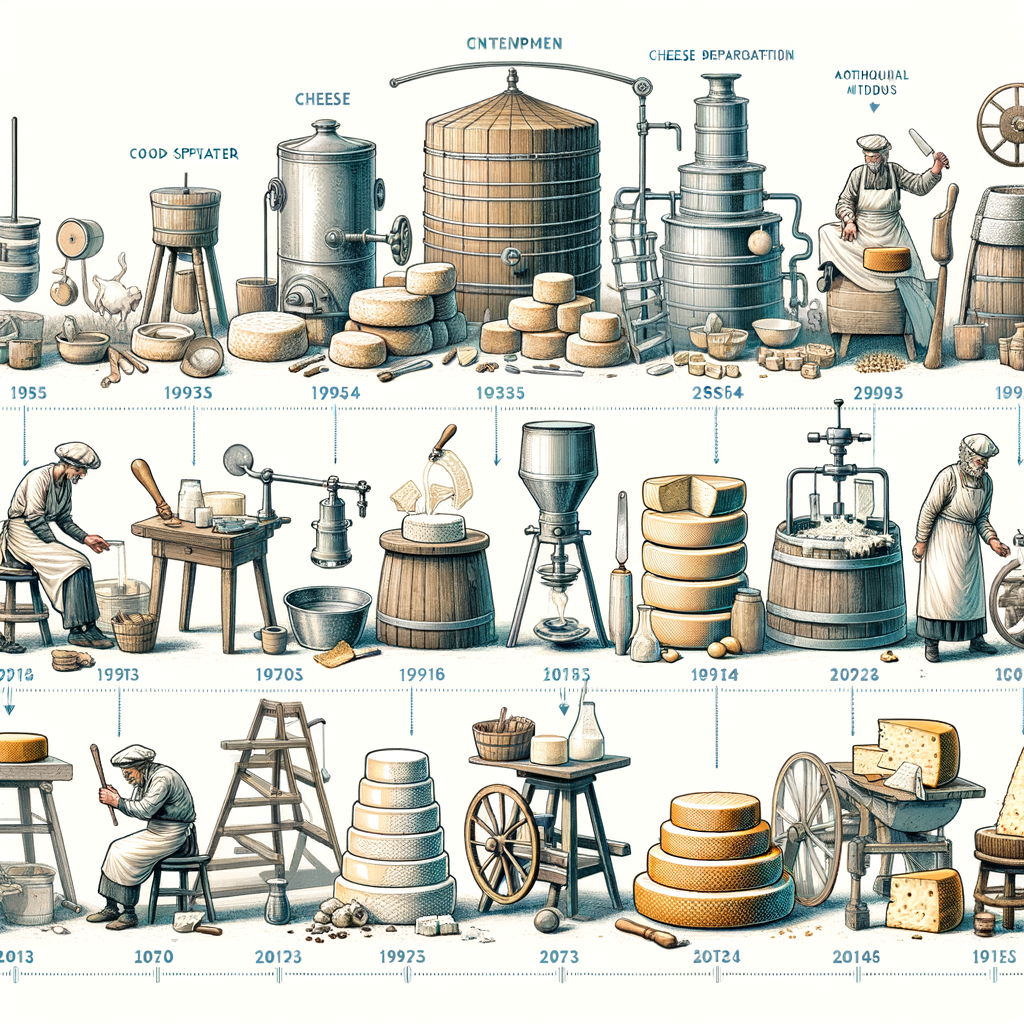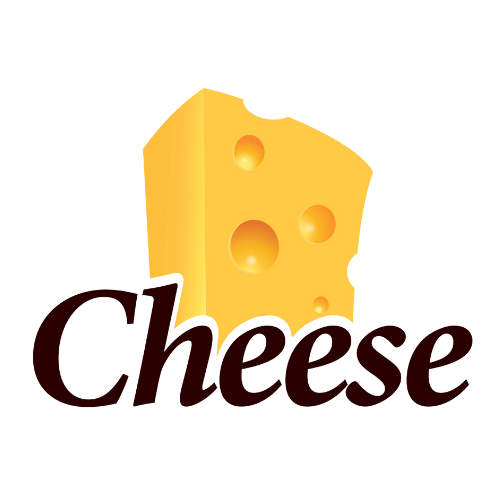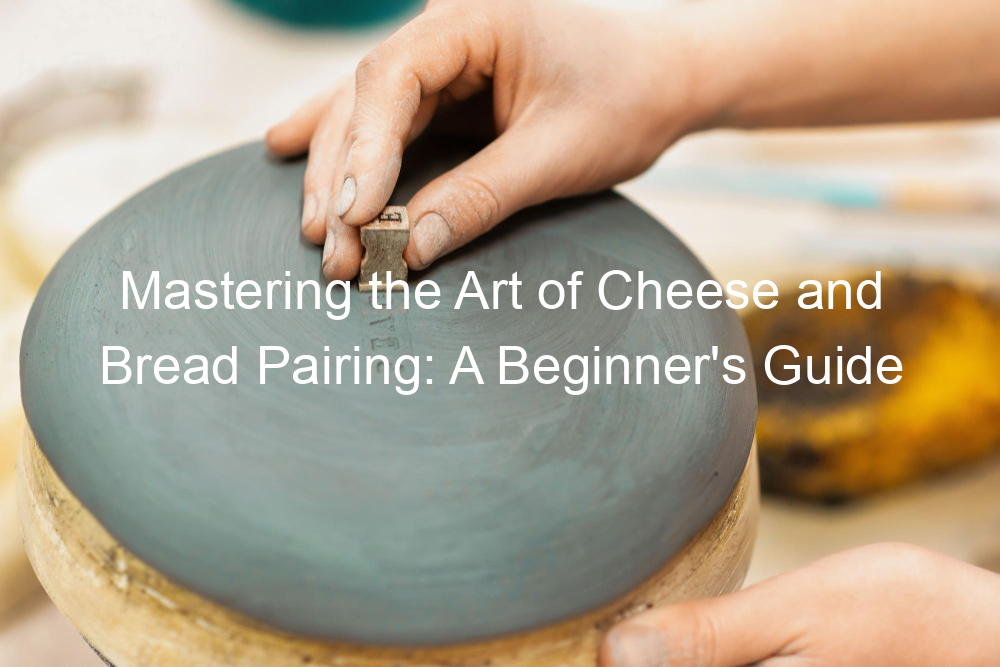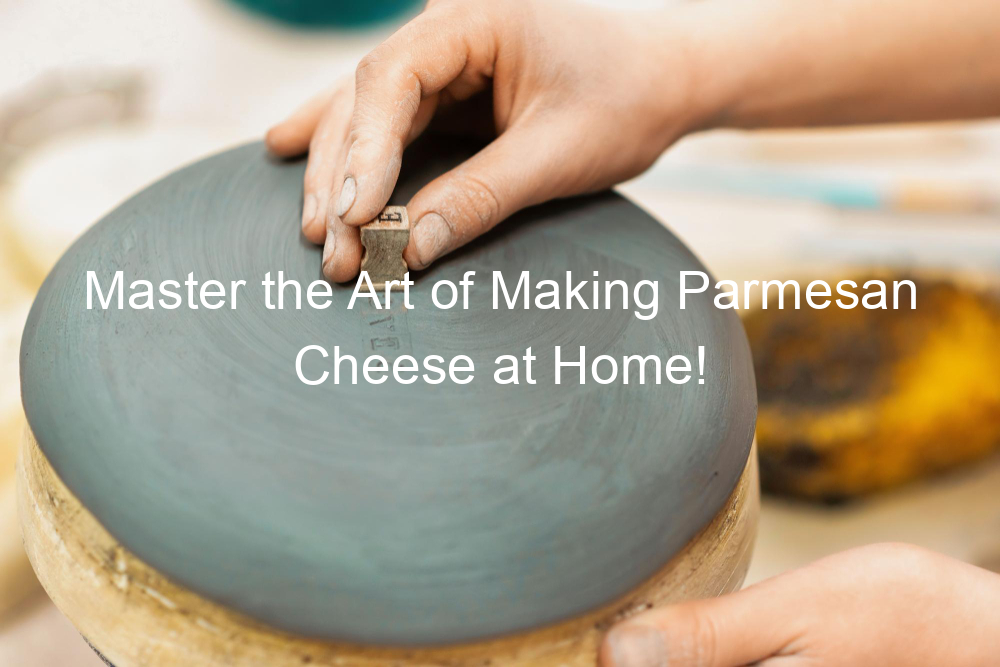
Introduction to Cheese Making History
Welcome to the fascinating world of cheese making! This journey will take us back in time, exploring the rich history of this beloved dairy product. We will delve into the origins of cheese making, its evolution, and its significant role in human civilization.
-
- Overview of Cheese Making History
Cheese making is an age-old practice that dates back over 7,000 years. The art of cheese making began with the ancient civilizations, who discovered that fermenting milk could produce a product that lasted much longer and was more versatile than fresh milk. The process was refined over the centuries, with each culture adding its unique touch, leading to the wide variety of cheeses we enjoy today. You can learn more about the ancient cheese production here.
-
- The Importance of Cheese in Human Civilization
Cheese has played a crucial role in human civilization. It served as a vital source of protein and fat, especially during times when fresh food was scarce. Cheese also played a significant role in trade, with different regions becoming known for their unique cheese varieties. Moreover, cheese making has been a cherished tradition in many cultures, passed down through generations. It’s not just a food item; it’s a symbol of our shared heritage and history.
Join us as we continue this journey, exploring the evolution of cheese making, the history of dairy products, and the legacy of artisan cheese through the ages. Stay tuned!
Ancient Cheese Production
Let’s delve into the fascinating world of ancient cheese production. Cheese has been a staple food for centuries, and its origins are as rich and varied as the many types of cheese we enjoy today.
Origins of Cheese Making
The art of cheese making has a long and storied history. Let’s explore the first evidence of cheese making and the role it played in ancient societies.
-
- First evidence of cheese making
The earliest evidence of cheese making dates back to 5,500 BCE in what is now Poland. Archaeologists discovered pottery fragments that had traces of fermented dairy products, suggesting that our ancestors were making cheese thousands of years ago. This ancient cheese was likely a simple, fresh cheese, similar to what we know today as cottage cheese or ricotta.
-
- Role of cheese in ancient societies
Cheese played a significant role in ancient societies. It was a valuable source of protein and fat, especially in regions where meat was scarce or during times of famine. Cheese was also used as a form of currency in some cultures, and it was often included in religious rituals and offerings. For example, in ancient Egypt, cheese was considered a luxury food and was often included in the tombs of the pharaohs for their journey to the afterlife.
Traditional Cheese Making Techniques
Let’s dive into the fascinating world of traditional cheese making techniques. We’ll start by exploring the early methods of cheese production and then move on to how these techniques have evolved over time.
-
- Early methods of cheese production
In the early days, cheese was made using simple tools and ingredients. The milk from cows, goats, or sheep was collected and left to sour. This process, known as curdling, separates the milk into curds and whey. The curds, which are the solid parts, were then drained and pressed to form cheese. Salt was often added for flavor and to help preserve the cheese. This method of cheese making was simple but effective, and it’s still used in some parts of the world today.
-
- Evolution of cheese making techniques
Over time, cheese making techniques have become more sophisticated. People discovered that adding certain types of bacteria to the milk could produce different flavors and textures of cheese. This led to the creation of a wide variety of cheeses, from soft and creamy Brie to hard and sharp Cheddar. The invention of cheese presses in the 14th century allowed for even more variety, as it made it possible to produce hard, aged cheeses. Today, cheese making is a blend of art and science, with cheese makers using both traditional methods and modern technology to create an endless array of delicious cheeses.
In conclusion, the art of cheese making has a rich history and has evolved significantly over the centuries. From the simple early methods to the complex techniques of today, cheese making is a fascinating process that continues to delight cheese lovers around the world.
Evolution of Cheese Making
The art of cheese making has a rich history, evolving over centuries from a simple process to a complex art form. The evolution of cheese making is particularly notable during the medieval period, where significant changes occurred in the process and new varieties of cheese were introduced.
Medieval Cheese Production
During the Middle Ages, cheese making underwent significant changes, both in terms of the process and the types of cheese produced. This period marked a pivotal point in the evolution of cheese making.
-
- Changes in cheese making process during the Middle Ages
The Middle Ages saw cheese making shift from a primarily home-based activity to a more commercial process. Monasteries became centers for cheese production, with monks developing and refining techniques. The use of molds and presses became more widespread, allowing for the production of harder, aged cheeses. The process of aging cheese, known as affinage, was also refined during this period, leading to the creation of cheeses with more complex flavors and textures.
-
- Introduction of new cheese varieties
The Middle Ages also saw the introduction of many new cheese varieties. Monks, with their knowledge of the cheese making process, began experimenting with different types of milk and aging processes, leading to the creation of new types of cheese. Some of the cheeses that were first produced during this period include Cheddar, Gouda, and Roquefort. These cheeses are still popular today, demonstrating the lasting impact of the innovations made during the Middle Ages.
Thus, the Middle Ages played a crucial role in the evolution of cheese making, introducing changes in the process and new varieties of cheese that continue to influence the cheese making industry today.
Modern Cheese Making
As we delve into the realm of modern cheese making, it’s important to understand how industrialization has shaped this craft and the techniques that are currently in use.
-
- Industrialization and its impact on cheese production
Industrialization has had a profound impact on cheese production. With the advent of modern machinery and technology, the process of cheese making has evolved from a labor-intensive, small-scale operation to a large-scale, streamlined process. This has allowed for the production of cheese on a massive scale, meeting the growing demand worldwide.
However, this shift has not been without its drawbacks. While industrialization has made cheese more accessible and affordable, it has also led to a loss of traditional cheese making methods and the unique flavors they produce. Many artisanal cheese makers argue that mass-produced cheeses lack the depth and complexity of flavor found in traditionally made varieties.
-
- Modern cheese making techniques
Modern cheese making techniques vary greatly depending on the type of cheese being produced. However, most methods involve a few key steps: pasteurization of milk, addition of starter cultures and rennet, curdling, cutting and cooking the curd, draining the whey, salting, shaping, and aging.
One of the most significant advancements in modern cheese making is the use of controlled environments for aging. This allows cheese makers to precisely control the temperature and humidity levels, resulting in consistent and high-quality products. Additionally, the use of modern testing methods ensures the safety and quality of the cheese, making it a reliable choice for consumers.
Modern cheese making, shaped by industrialization, has made cheese an everyday staple for many. Despite the concerns about the loss of traditional methods, the innovations in cheese making techniques ensure a wide variety of cheeses are available for us to enjoy.
History of Dairy Products
The journey of dairy products, especially cheese, is a fascinating tale of evolution and innovation. The process of dairy farming has significantly transformed over the years, leading to the diverse range of dairy products we enjoy today. Let’s delve into the history and evolution of dairy farming.
Evolution of Dairy Farming
Dairy farming has come a long way from its humble beginnings. The evolution can be broadly divided into two phases: early methods and modern techniques.
-
- Early methods of dairy farming
In the early days, dairy farming was a simple, manual process. Cows were milked by hand, and the milk was processed into cheese and other dairy products using basic tools and techniques. The process was labor-intensive and time-consuming, but it was also a crucial part of many communities’ livelihoods and diets. Wikipedia provides an in-depth look into the early methods of dairy farming.
-
- Modern dairy farming techniques
With the advent of technology, dairy farming has undergone a significant transformation. Modern dairy farms use advanced machinery for milking cows, which is more efficient and hygienic. The milk is then processed using state-of-the-art equipment, resulting in a wide variety of high-quality dairy products. These advancements have not only improved the quality of dairy products but also increased the scale of production.
The evolution of dairy farming has played a pivotal role in shaping the dairy industry and the variety of dairy products we have today. As we look forward to further advancements in this field, we can’t help but appreciate the journey that has brought us here.
Impact of Dairy Products on Cuisine
Dairy products, especially cheese, have a significant impact on global cuisines. Let’s delve into the role of cheese in various cuisines and explore some popular cheese-based dishes.
-
- Role of cheese in global cuisines
Cheese is a versatile ingredient that has found its way into the heart of many global cuisines. From the creamy mozzarella of Italy to the tangy feta of Greece, cheese adds a unique flavor and texture to dishes. In France, cheese is often served as a separate course at the end of a meal. In Mexico, cheese is a staple ingredient in dishes like quesadillas and enchiladas. In India, paneer, a type of cottage cheese, is used in a variety of dishes from curries to desserts. Cheese is indeed a global food that transcends cultural boundaries.
-
- Popular cheese-based dishes
There are countless cheese-based dishes loved by people worldwide. Here are a few examples:
| Dish | Origin | Description |
|---|---|---|
| Pizza | Italy | A dish made of flatbread topped with tomato sauce and mozzarella cheese, then baked. |
| Macaroni and Cheese | United States | A dish of cooked macaroni pasta and a cheese sauce, traditionally cheddar. |
| Quesadilla | Mexico | A tortilla filled with cheese and sometimes other ingredients, then grilled. |
| Paneer Tikka | India | Chunks of paneer cheese marinated in spices and grilled in a tandoor. |
Artisan Cheese Through the Ages
The story of artisan cheese is as rich and varied as the flavors it produces. It’s a tale that spans centuries, continents, and cultures, and it’s one that continues to evolve today. Let’s delve into the history of artisan cheese and its impact on the cheese industry.
History of Artisan Cheese
- Origins and evolution of artisan cheese
The roots of artisan cheese date back to ancient times, when early civilizations discovered the process of cheese making. The term ‘artisan’ refers to products made by hand, using traditional methods. Artisan cheese, therefore, is cheese that is handcrafted, rather than mass-produced, using time-honored techniques and often, raw milk.
Over the centuries, these methods have been refined and perfected, leading to the wide variety of artisan cheeses we enjoy today. From the sharp tang of a well-aged cheddar to the creamy richness of a fresh brie, each type of artisan cheese offers a unique taste experience.
Artisan cheese making has seen a resurgence in recent years, as consumers increasingly seek out high-quality, locally sourced products. This has led to a new generation of cheese makers who are pushing the boundaries of flavor and technique, resulting in an exciting evolution of this ancient craft.
- Impact of artisan cheese on the cheese industry
Artisan cheese has had a profound impact on the cheese industry. Its popularity has sparked a renewed interest in traditional cheese making methods and has led to a greater appreciation for the skill and craftsmanship that goes into each wheel of cheese.
Artisan cheese makers have also played a crucial role in preserving local traditions and biodiversity. Many artisan cheeses are made with milk from specific breeds of cows, goats, or sheep, helping to maintain these breeds and their unique characteristics.
Furthermore, the rise of artisan cheese has challenged the dominance of mass-produced cheeses, leading to greater diversity and choice for consumers. It has also raised the bar for quality, as consumers have come to expect more from their cheese.
Artisan cheese is more than just a delicious treat. It’s a testament to the skill and dedication of the cheese makers who craft it, and it’s an important part of our culinary heritage.
Artisan Cheese Making Techniques
Artisan cheese making is an age-old craft that requires skill, patience, and a deep understanding of the cheese making process. It involves two main techniques: traditional methods and modern approaches. Let’s delve into each of these techniques to understand how they contribute to the creation of delicious, high-quality artisan cheese.
-
- Traditional Artisan Cheese Making Methods
Traditional artisan cheese making is a labor-intensive process that has been passed down through generations. It involves the use of raw, unpasteurized milk, which is then fermented and aged to develop a unique flavor profile. This method often includes hand-milking the animals, manually stirring the curd, and aging the cheese in natural environments like caves or cellars. The result is a cheese that is rich in flavor and texture, with a complexity that is hard to replicate.
For example, the traditional method of making Cheddar cheese involves a process called “cheddaring”, where the curds are cut into small pieces, heated, and then stacked and turned to remove whey. This process gives Cheddar its distinctive flavor and texture.
-
- Modern Approaches to Artisan Cheese Production
Modern artisan cheese making techniques have evolved to incorporate technology and scientific understanding, while still preserving the essence of traditional methods. These techniques often involve the use of pasteurized milk, mechanized stirring, and controlled aging environments. The goal is to ensure consistency, safety, and efficiency, without compromising on the quality and flavor of the cheese.
One example of a modern approach is the use of thermization, a heat treatment that is less intense than pasteurization. This method allows for the preservation of more flavor components in the milk, resulting in a cheese that is safer to consume but still rich in flavor.
Whether it’s the time-honored traditional methods or the innovative modern approaches, artisan cheese making is a craft that celebrates the rich history and diversity of cheese. It’s a testament to the skill and dedication of cheese makers who continue to push the boundaries of what’s possible in cheese production.
Conclusion: The Legacy of Cheese Making
As we conclude our journey through the history of cheese making, we can’t help but appreciate the significant role that cheese has played in human culture. From its humble beginnings in ancient times to the sophisticated artisan cheese production of today, cheese has left an indelible mark on our culinary and cultural landscape.
-
- The enduring importance of cheese in human culture
Cheese is more than just a food item; it is a symbol of our shared heritage and a testament to human ingenuity. It has been a staple in our diets for thousands of years, providing essential nutrients and adding flavor to our meals. The art of cheese making is a cherished tradition, passed down through generations. It is a craft that requires skill, patience, and a deep understanding of the natural processes that transform milk into cheese. The legacy of cheese is a testament to our ability to harness nature’s bounty to create something truly extraordinary.
-
- Future trends in cheese making
As we look to the future, we see exciting trends emerging in the world of cheese making. Artisan cheese makers are experimenting with new techniques and flavors, pushing the boundaries of what is possible. At the same time, advances in technology are making cheese production more efficient and sustainable. We are also seeing a growing interest in vegan and lactose-free cheeses, catering to a wider range of dietary needs. The future of cheese making is bright, and we can’t wait to see what delicious innovations lie ahead.
The legacy of cheese making is a rich and vibrant tapestry, woven with threads of history, culture, and innovation. It is a story of human creativity and perseverance, and it is a story that continues to unfold. As we savor each bite of cheese, we are not just enjoying a tasty treat; we are partaking in a tradition that spans millennia. Here’s to the cheese makers of the past, present, and future – may your craft continue to inspire and delight us for generations to come.





